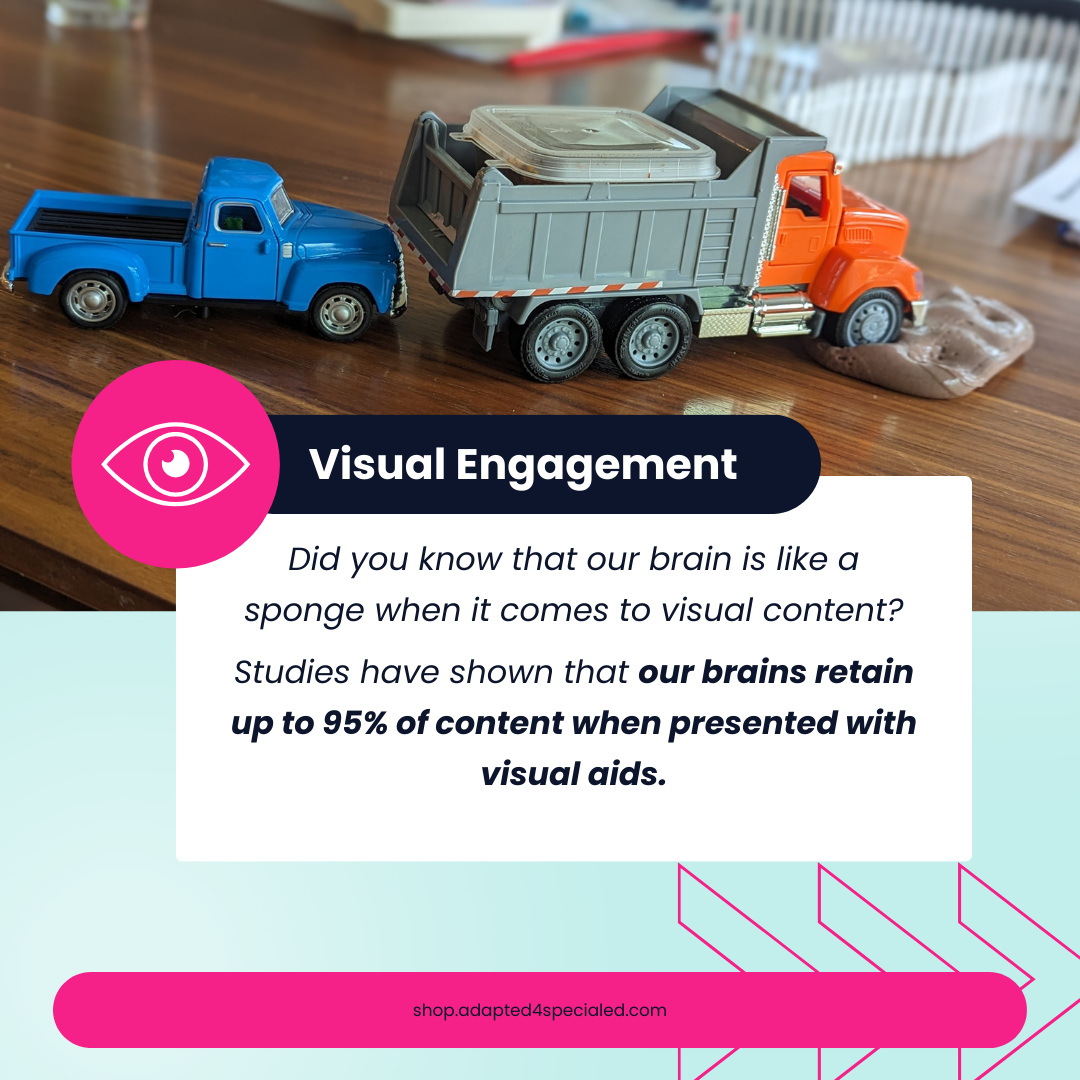As educators, we constantly strive to create an inclusive, engaging, and effective learning environment for all students. With the increasing recognition of diverse learning styles, it's clear that a one-size-fits-all approach to education is no longer sufficient. This is where the magic of multi-sensory kits comes into play.
By integrating sight, sound, touch, and even smell into the learning process, we can unlock new dimensions of understanding and engagement for our students.
Here are some practical tips for incorporating multi-sensory kits into your daily teaching routine, ensuring every child has the opportunity to thrive.
Start with a Plan
Integrating multi-sensory kits into your curriculum requires thoughtful planning. Begin by identifying the core concepts or skills you aim to teach and consider how multi-sensory elements can enhance understanding.
For example, when teaching about ecosystems, use kits that allow students to touch different textures representing various terrains and listen to sounds characteristic of each ecosystem.
Planning ahead ensures that the multi-sensory activities align with your educational goals and learning objectives (Cult of Pedagogy, https://www.cultofpedagogy.com/multisensory-learning/).
Create a Multi-Sensory Learning Corner
Dedicate a space in your classroom for multi-sensory exploration. This can be a corner or station equipped with various multi-sensory kits related to your current unit of study.
Allow students to explore this space independently or in small groups during designated times. This not only makes learning more engaging but also caters to students' individual learning paces and preferences.
Incorporate Multi-Sensory Elements into Daily Lessons
Multi-sensory learning doesn't have to be confined to special occasions. Incorporate elements from the kits into your daily lessons to reinforce concepts and keep students engaged.
For instance, if you're teaching letter sounds, use tactile letters for students to trace while they vocalize the sounds.
This approach is supported by research which indicates that incorporating multiple sensory experiences improves learning outcomes for all students (HMHCO, https://www.hmhco.com/blog/what-is-multisensory-learning-in-education).
Use Kits for Differentiated Instruction
Recognize and embrace the diversity of learners in your classroom by using multi-sensory kits for differentiated instruction.
These kits can be tailored to meet the needs of students with varying abilities, ensuring that each child can access the curriculum in a way that best suits their learning style.
For example, for students who struggle with traditional reading, tactile and auditory components of the kits can provide alternative pathways to literacy (Waterford.org, https://www.waterford.org/education/multisensory-learning/).
Engage Parents and Caregivers
Involve parents and caregivers in the multi-sensory learning process by sending home activities or suggestions for using similar strategies at home.
Share insights on how these kits enhance learning and offer ideas for simple multi-sensory activities they can do together.
This not only reinforces what's learned in the classroom but also strengthens the home-school connection.
Reflect and Adapt
Finally, reflection is key to successful integration. Regularly assess the effectiveness of the multi-sensory kits in your teaching practice.
Gather feedback from students about which activities they found most engaging or helpful. Based on this feedback, adapt your approach to better meet the needs of your learners.
Incorporating multi-sensory kits into your daily teaching routine opens up a world of possibilities for both you and your students.
By embracing this approach, you can create a dynamic and inclusive classroom environment where every student has the opportunity to engage, understand, and succeed.
Remember, the goal is to make learning accessible, enjoyable, and meaningful for every student.
With thoughtful planning and a bit of creativity, multi-sensory kits can become an integral part of your teaching toolkit, transforming the educational experience for all.


